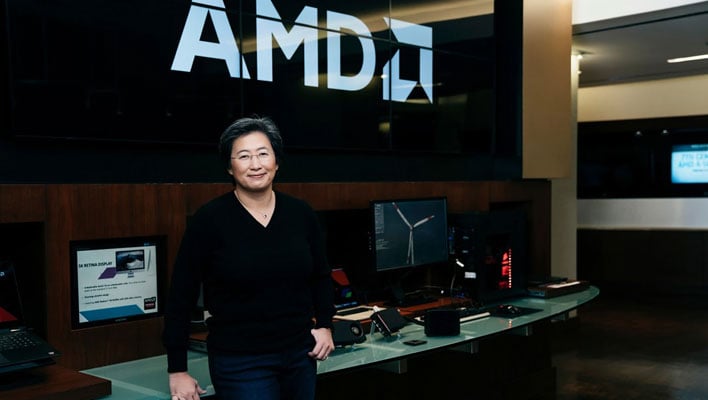- Joined
- Sep 17, 2019
- Messages
- 538 (0.25/day)
AGAIN as stated before Dr Lisa Su is NOT a friend to the consumer base. She has betrayed the trust of customer base for the shekel and IMHO is just 1 step lower than the Sleeze ball Jensen. I seen her business moves for the past 2 years and they have more and more using the US as their cash cow, because people still believe that they are the Under Dog.Su was asked ~1Q22, doing the worst scalping/mining frenzy in our history - "how is AMD" - her response: "*outstanding* year for AMD with record annual revenue and profitability." Yeah, she had stated that doing a time for many consumers were being gouged by scalpers, hunted by miners, and/or suffering from COVID lockdowns. But, Su thought it was still all "outstanding" even when she knew that many consumers were struggling and hurting.

AMD Crushes Earnings With Best Year Ever Fueled By Big Data Center, Zen 3 And Radeon Sales
AMD capped off a record year with $4.8 billion in revenue during the fourth quarter, which pushed its full-year earnings to $16.4 billion.www.google.com
Well, there is a happy ending after all, and Su is now concerned.
Reap what you sow!
As stated before AMD is price gouging their newest generation of product for the amount of performance you are getting over the previous generation. People do not have the money for this crap.





